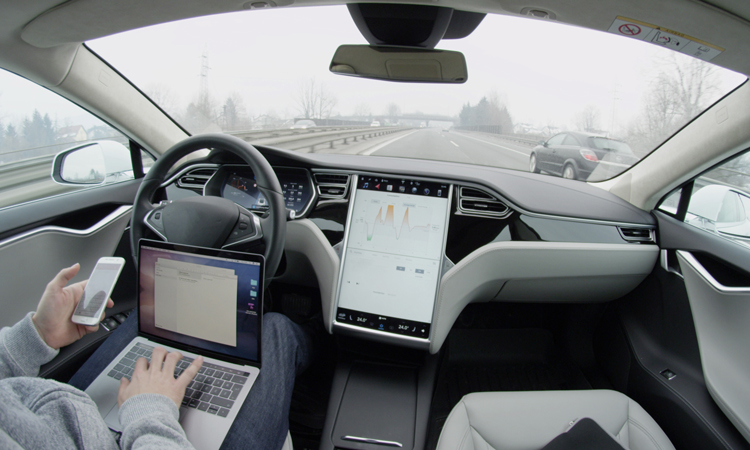A self-driving car, sometimes called an autonomous car, driverless vehicle, or robot car, can sense its surroundings and drive safely without any human input or knowledge. This means it can drive on its own and react to any situations it finds itself in. However, many are still skeptical about whether or not this technology is safe, especially since many accidents regarding human drivers and self-driving cars have occurred in the past. Despite these claims, researchers and companies worldwide continue to work hard on improving the technology involved. To understand how self-driving cars can help you, it’s important to know some of the major benefits they provide.
One of the most common questions about self-driving cars is how they work. The way an autonomous car works is simple: it closely follows a preprogrammed route programmed into the unit by the vehicle’s computer system. In many cases, these programmed routes take the vehicle onto freeways and other busy roads where traffic is heavy. This allows the vehicle to get more people or cargo into each journey, increasing its success. In addition, since these vehicles don’t need to be involved in the actual driving process, there is less chance of having an accident or running off the road and ending up in a costly crash.
Another benefit of self-driving cars is their safety. Unlike traditional vehicles, there is no need for a driver to be in the vehicle. Instead, the programmed route simply tells the autonomous system where to go, so the driver is taken out of the loop. By taking away the human driver, self-driving cars free up valuable space inside the vehicle itself, leaving more room for cargo and passengers. With the safety of full control over the vehicle, this allows for a more comfortable and safe to drive and increases the vehicle’s overall efficiency.
While fully self-driving vehicles are the most highly touted advantage of self-driving technology, there are certain disadvantages to the system. Self-driving cars still must remain within sight and may experience the occasional problem of moving objects on the road. They may also experience minor incidences due to their artificial intelligence unit, such as when it tries to make a sharp turn. However, these are generally not serious and do not threaten the overall safety of self-driving vehicles. As these flaws become less common, they will undoubtedly become more widely used and eventually eliminate these inconveniences.
Perhaps the biggest drawback of self-driving cars is their inability to take care of surrounding traffic congestion. Since the self-driving cars themselves are no longer in control of the vehicle, they are forced to deal with all the various traffic congestion around them. This includes pedestrians, which can easily become a potential hazard. As a result, self-driving cars will need to be constantly aware of the cars around them to safely avoid collisions. However, with driverless cars, this is no longer an issue since traffic congestion is eliminated.
In terms of safety, both driverless cars and self-driving vehicles experience fewer accidents than traditional automobiles. However, there is often far less driver training required for the people using these cards. In addition, there are typically no rules surrounding the operation of self-driving cars, making it easy for inexperienced or younger people to operate them. Many people would rather operate an autonomous vehicle than drive a car.
One major problem with driverless cars is the lack of a centralized control center. As a result, many potential problems could arise from a lack of a human brain to oversee the operation of the autonomous system. For example, a single data file can easily be corrupted or mistakenly uploaded into the wrong system. This could easily result in an accident since the person operating the vehicle is unsure of what is going on. This is likely to cause some conflict between the people operating the autonomous vehicles and the human operator of the automobile.
Despite the likely issues from self-driving cars, the 5g network is optimistic about the future of this technology. According to them, as more self-driving cars enter the public domain, human error will eventually cease to exist. The vehicles will then become part of a system that has been preprogrammed to work properly. Of course, self-driving vehicles will still need to have a human at the wheel, but this is to help prevent other, less skilled people from operating the vehicle.



